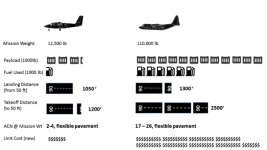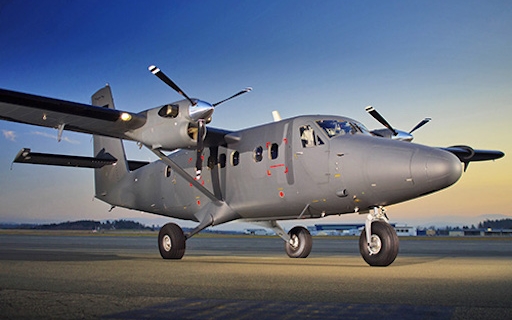- Reaction score
- 9,179
- Points
- 1,260
Couldn't find a thread on the Twin Otter. Interesting piece at War on the Rocks about the Twin Otter.
https://warontherocks.com/2019/05/uplifted-the-case-for-small-tactical-airlift/
https://warontherocks.com/2019/05/uplifted-the-case-for-small-tactical-airlift/
One of the assumptions that underpins the need for distributed operations is the expectation that our airfields will come under effective attack. There’s no sense putting all of our eggs in one basket, and aircraft destroyed on the ground are aircraft destroyed. It’s difficult to destroy a runway, but precision munitions can damage one. The fact that airfields are solidly made helps – runways are not destroyed but rather cut into segments too small to utilize. But “too small to utilize” is entirely aircraft-dependent. Three hits can cut an 8,000 foot runway into 2,000 foot segments, all too short to launch a loaded C-130. The same runway has to be hit seven times to cut it into 1,000 foot strips too short for a Twin Otter, and even then a Twin Otter could still operate off the taxiways, or nearby roadways, or the turf next to the runway.
Air transport is only as viable as the aircraft that fly the routes and the airfields that make up the network. Europe has the airfields to sustain a robust air effort, right up to the point where Russian missiles start hitting them. After that point, the kind of aircraft we have matter a lot more if they can fly into short, damaged, or makeshift airfields. The Russians simply cannot deliver the weight of precision ordnance necessary to prevent Twin Otter operations across the theater – there aren’t that many missiles in their inventory. Given the huge cost disparity between the C-130 and the Twin Otter, it would seem that a relatively paltry investment in new small airlift aircraft could pay big dividends. It also offsets requirements for redundant personnel and equipment by reducing what we have to send forward in the initial dispersal by providing a more dynamic re-supply capability that can adjust for local conditions and operational requirements. Just having this kind of aircraft in the inventory will greatly complicate the targeting picture for Russian forces and add to the weight of NATO’s deterrent.




